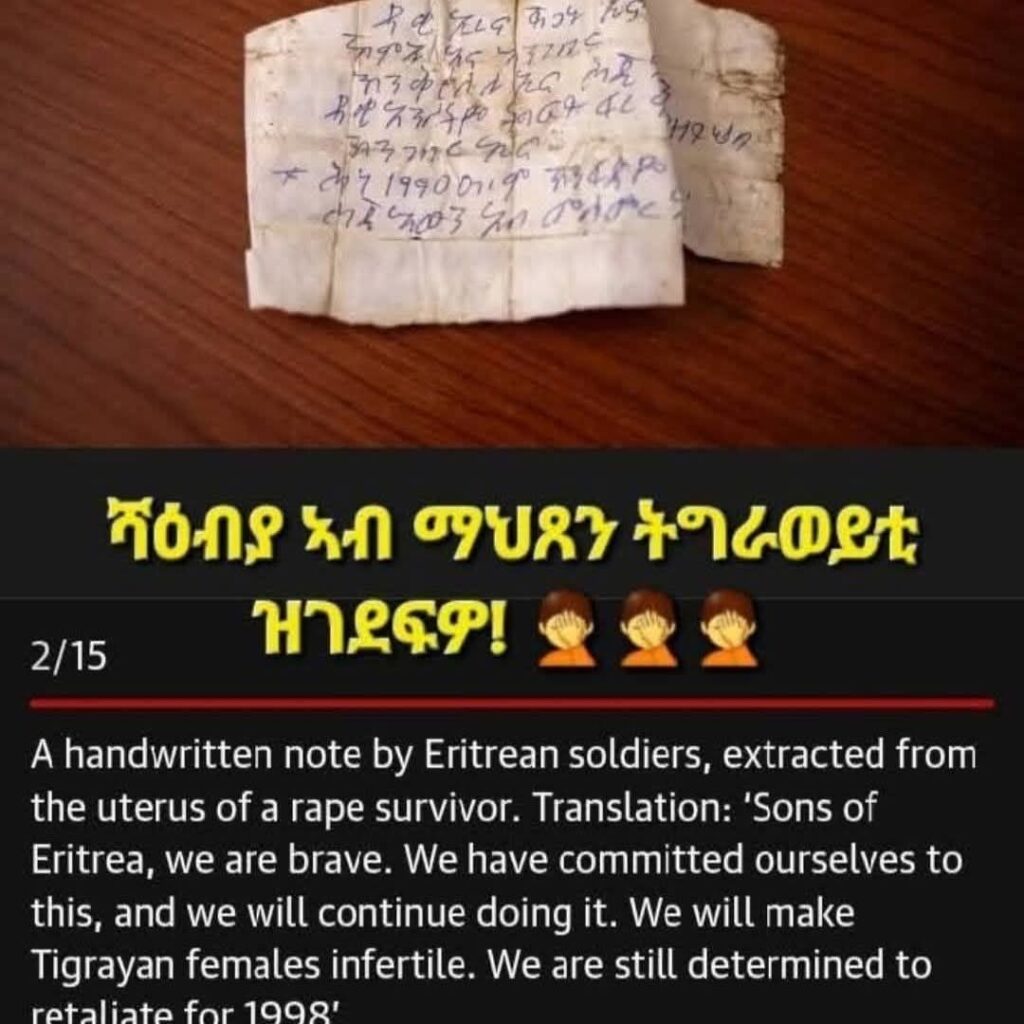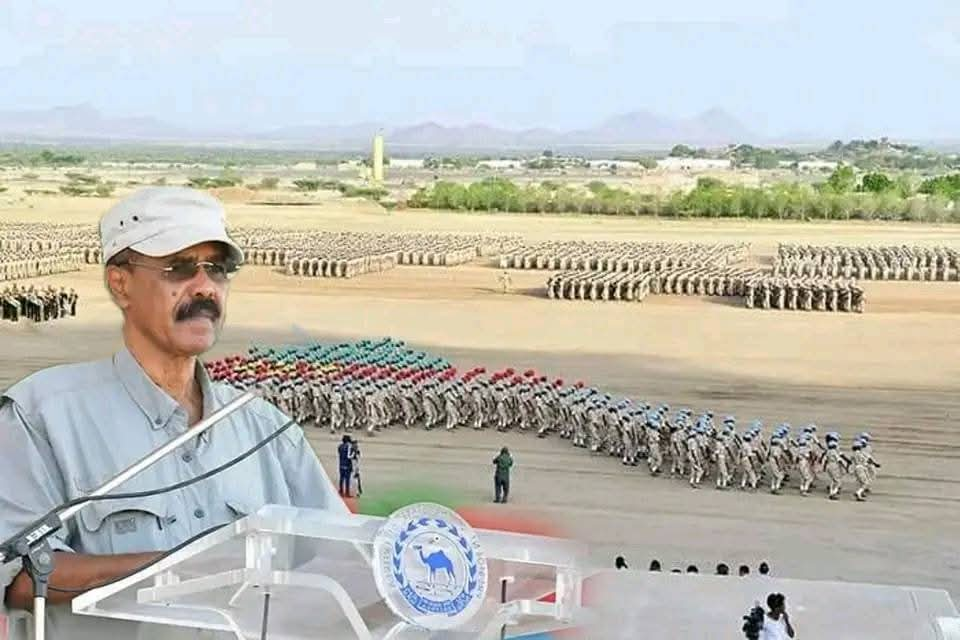Mekelle፡Telaviv, Nairobi, Pretoria, London, (Tigray Herald).
Isaias Afwerki: The Firehawk of East Africa, Fanning the Flames of Regional Turmoil
By Gebre Tatios
In the rugged wilds of northern Australia, a rare and cunning predator stalks the flames the firehawk raptor. These birds of prey are known to intentionally pick up smouldering sticks and drop them into dry grasslands to ignite fresh fires, flushing out unsuspecting prey. The firehawk thrives not in peace but in chaos.
In East Africa, President Isaias Afwerki of Eritrea has long played a similar role an arsonist of geopolitics, a master manipulator of instability whose survival strategy lies in setting fires just beyond his borders. From the deserts of eastern Sudan to the highlands of Tigray, the Red Sea strongman has built a regime not on nation-building, but on undermining neighbors, dismantling democratic experiments, and profiting from the smoke.
A Predator in the Flames
Like the firehawk, Isaias has never waited for conflict he manufactures it. Since Eritrea’s independence in 1993, his rule has been marked not by reconstruction or reconciliation, but by a relentless campaign to sow discord. He has fought wars with Ethiopia, Djibouti, and Yemen; meddled in Somalia; and more recently, become a shadowy but central figure in the Tigray conflict in northern Ethiopia.
When the Tigray War erupted in late 2020, Isaias aligned with Ethiopia’s federal government, unleashing his feared Eritrean Defence Forces (EDF) into Tigrayan territory. Numerous credible reports including from the United Nations, Amnesty International, and the European Union have accused Eritrean troops of committing atrocities ranging from mass killings to sexual violence.
In an exposé published by The Guardian, survivors revealed how Eritrean soldiers targeted Tigrayan mothers with unimaginable cruelty. The report, based on direct interviews and forensic investigations, found that many women were raped in front of their children, mutilated, or forced to witness the murder of family members. Some mothers, too traumatized to speak, were left permanently scarred physically, emotionally, and socially.
“They told me they were cleansing my bloodline,” one survivor told The Guardian. “They said a Tigrayan womb must never again carry a child.”
The world was further horrified by a forensic discovery that stunned even veteran investigators: a handwritten note, inserted into the uterus of a rape survivor, penned by Eritrean soldiers. Translated from Tigrinya, it read:
“Sons of Eritrea, we are brave. We have committed ourselves to this, and we will continue doing it. We will make Tigrayan females infertile. We are still determined to retaliate for 1998.”

This note, soaked in blood and cruelty, is not just evidence of rape as a weapon of war it is proof of a genocidal campaign of biological erasure. For Isaias Afwerki, war is not only a means of control but a method of revenge, rooted in the unresolved scars of the 1998–2000 Ethio-Eritrean border war. His troops, acting with impunity, have made the bodies of women their battlefield.
The Business of Chaos
Just as the firehawk benefits from scattering prey in confusion, Afwerki’s regime profits from disorder. Eritrea, often described as the “North Korea of Africa”, survives through conscript labor, isolationism, and fear. But instability in the region be it in Tigray, Sudan, or the Red Sea corridor distracts the world from his own abuses while giving him leverage in regional politics.
In Sudan, he has maintained quiet ties with both military generals and rebel leaders. In Somalia, Eritrean-trained conscripts have been deployed in secret missions. Across Ethiopia, Isaias has reportedly funded or coordinated with paramilitary proxies, including elements that now pose a threat to the country’s unity.
Isaias’s Eritrea is not a nation-state—it is a permanent state of emergency. And like the firehawk, Afwerki ensures that the embers never die out. Peace is a threat to his survival.
A Regional Menace, Not a Partner
Yet despite his track record, some regional actors still treat Isaias as a partner in diplomacy. The African Union and I Glad have been largely silent on his role in regional destabilization. Meanwhile, the UN’s Human Rights Council continues to document extensive repression inside Eritrea indefinite national service, forced disappearances, and a complete absence of civil liberties.

The comparison to the Australian firehawk is not poetic exaggeration it is geopolitical reality. Afwerki, like the fire-spreading raptor, does not create to build he ignites to hunt. As long as he remains in power, East Africa may never fully escape the cycles of war and displacement he perpetuates.
The Urgency of Containment
The question now is not whether Isaias Afwerki can be reformed. That answer is clear. The real question is whether regional and international institutions will continue to allow him to fan the flames unchecked. Ethiopia’s peace process, Sudan’s democratic transition, and even Red Sea maritime stability depend on quenching the firehawk’s reach.
Just as rangers in Australia have learned to track firehawks and predict their movements, East African leaders must now learn to anticipate and counter Afwerki’s playbook. Silence and inaction are no longer neutral they are complicit.
Gebre Tatios is a journalist covering East African affairs, infrastructure, and regional diplomacy. He is based in Nairobi.




